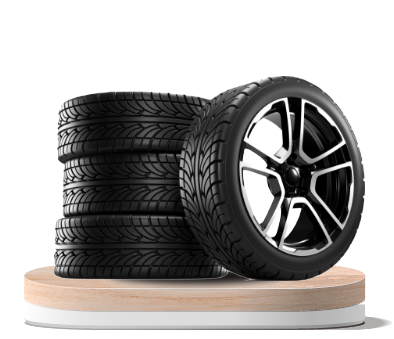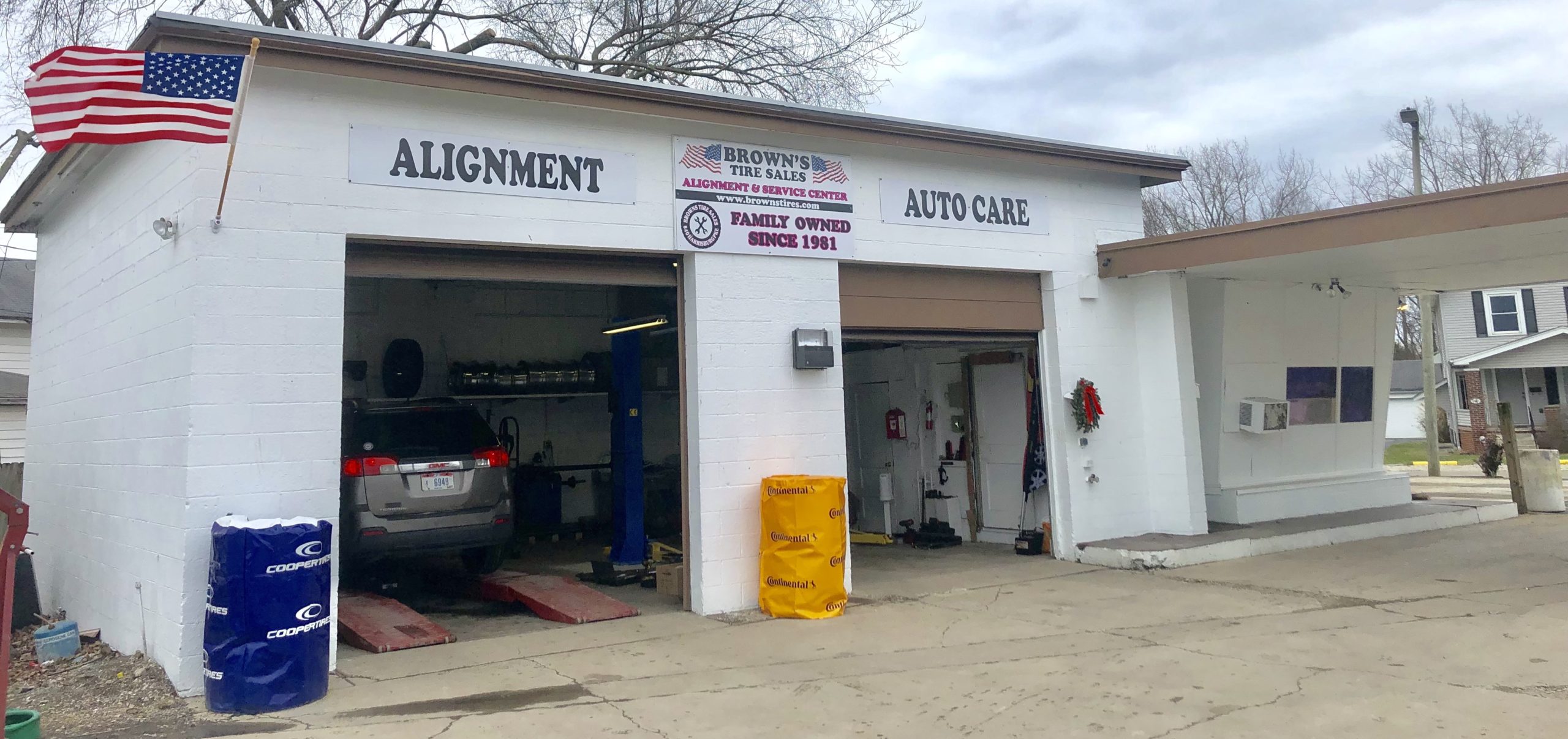Raise Your Trip with Morris Tire: Premier Destination for Tire Tracks Morris IL
Raise Your Trip with Morris Tire: Premier Destination for Tire Tracks Morris IL
Blog Article
The Environmental Benefits of Correct Tire Upkeep
Keeping correct tire treatment is usually neglected, yet its impact on the environment is profound. From minimizing gas usage to lowering exhausts outcome, the advantages are far-reaching. Correct tire upkeep not only expands the life expectancy of tires but additionally decreases land fill waste and adds to improved air high quality. The interconnectedness of these advantages highlights the important function that easy maintenance methods can play in advertising environmental sustainability.
Reduced Gas Intake
Improving tire upkeep techniques can lead to a significant reduction in gas intake for vehicles. According to the U.S. Department of Energy, underinflated tires can decrease gas mileage by 0.2% for every 1 psi drop in pressure in all 4 tires.
Along with tire pressure, routine tire rotations and alignments also play a crucial role in fuel efficiency. Erratically used tires can increase gas intake as the engine functions harder to keep rate and grip. By maintaining proper placement and rotating tires at suggested intervals, chauffeurs can make certain also use and extend the life of their tires, ultimately conserving gas and decreasing their carbon impact.
Extended Tire Life-span
Prolonging the lifespan of tires is a vital facet of efficient lorry upkeep practices that can generate cost savings and ecological benefits in the future. By correctly maintaining tires, drivers can significantly lengthen their functionality, minimizing the frequency at which brand-new tires need to be manufactured and old ones thrown away. This not only preserves important resources however additionally decreases the energy and discharges related to tire production and disposal processes.
Regularly examining tire stress, rotating tires, and making certain correct alignment are vital action in extending tire life expectancy. Appropriate walk deepness is important for optimum traction and safety and security, however it additionally plays a role in exactly how lengthy tires can be used before requiring replacement. Additionally, preventing hostile driving behaviors that speed up tire wear, such as rough braking and doglegs, can further improve tire sturdiness.
Ultimately, boosting the long life of tires through proactive upkeep not just profits the environment by reducing waste and saving sources yet also results in set you back savings for automobile proprietors by postponing the demand for new tire purchases.
Lower Discharges Outcome
Efficient tire maintenance practices add to a decrease in emissions result, aligning with environmental sustainability goals in the vehicle industry. Properly filled with air tires, consistently rotated and aligned, can enhance fuel efficiency, hence reducing the general carbon dioxide exhausts from vehicles. When tires are underinflated, the engine should work more challenging to thrust the car, causing boosted gas consumption and greater discharges. By preserving optimal tire pressure levels, chauffeurs can assist minimize these negative environmental effects.
Furthermore, well-maintained tires also improve grip and lower rolling resistance, better boosting gas effectiveness. This, consequently, reduces the amount of exhaust gases released right into the environment. Additionally, ensuring tires are effectively blown up and aligned can additional info expand the life expectancy of the tires, decreasing the regularity of tire replacements and the connected environmental prices of tire production and disposal.

Lowered Land Fill Waste
Offered the favorable influence of appropriate tire maintenance on minimizing discharges outcome, an additional significant environmental advantage is the possibility for reduced garbage dump waste. By making sure that tires are effectively blown up, lined up, well balanced, and revolved consistently, their life-span can be dramatically prolonged.

Improved Air Quality
Enhancing air high quality with correct tire maintenance methods is a crucial aspect of lasting environmental stewardship. When tires are underinflated, they develop much more moving resistance, leading to boosted fuel consumption and greater discharges of damaging this content toxins such as carbon monoxide and nitrogen oxides. Properly inflated tires not only boost gas efficiency yet also decrease the quantity of toxins released into the air.
In addition, well-maintained tires with proper walk depth and placement contribute to safer driving problems, minimizing the likelihood of mishaps that can lead to the launch of added pollutants into the environment. By expanding the life-span of tires with regular upkeep and turning, less tires are thrown out too soon, reducing the ecological influence of tire disposal and production procedures.
Conclusion
In conclusion, appropriate tire maintenance supplies many environmental advantages. It is necessary for individuals to prioritize tire upkeep as a basic yet effective way to secure the atmosphere for future generations.
Appropriate tire upkeep not only extends the life-span of tires however likewise decreases land fill waste and contributes to boosted air top quality - discount tires morris il. By maintaining correct alignment and revolving tires at suggested intervals, vehicle drivers can make sure even put on and lengthen the life of their tires, ultimately conserving fuel and reducing their carbon impact
By appropriately resource keeping tires, chauffeurs can considerably prolong their use, decreasing the regularity at which new tires require to be manufactured and old ones disposed of.Regularly inspecting tire stress, rotating tires, and making certain appropriate alignment are vital actions in extending tire life expectancy. In addition, making sure tires are properly inflated and lined up can prolong the life expectancy of the tires, minimizing the regularity of tire replacements and the associated ecological expenses of tire production and disposal.
Report this page